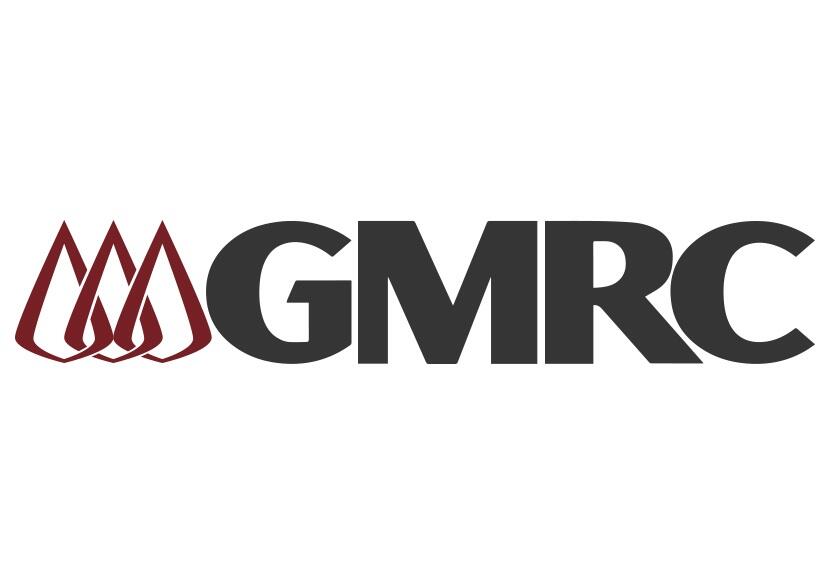Gas Machinery Conference
Sep 28, 2025 to Oct 1, 2025
Louisville, KY
United States

SwRI will be exhibiting at the Gas Machinery Conference, booth no. 821.
For more information, please contact Ben White.
Advanced science. Applied technology.
Louisville, KY
United States

SwRI will be exhibiting at the Gas Machinery Conference, booth no. 821.
For more information, please contact Ben White.